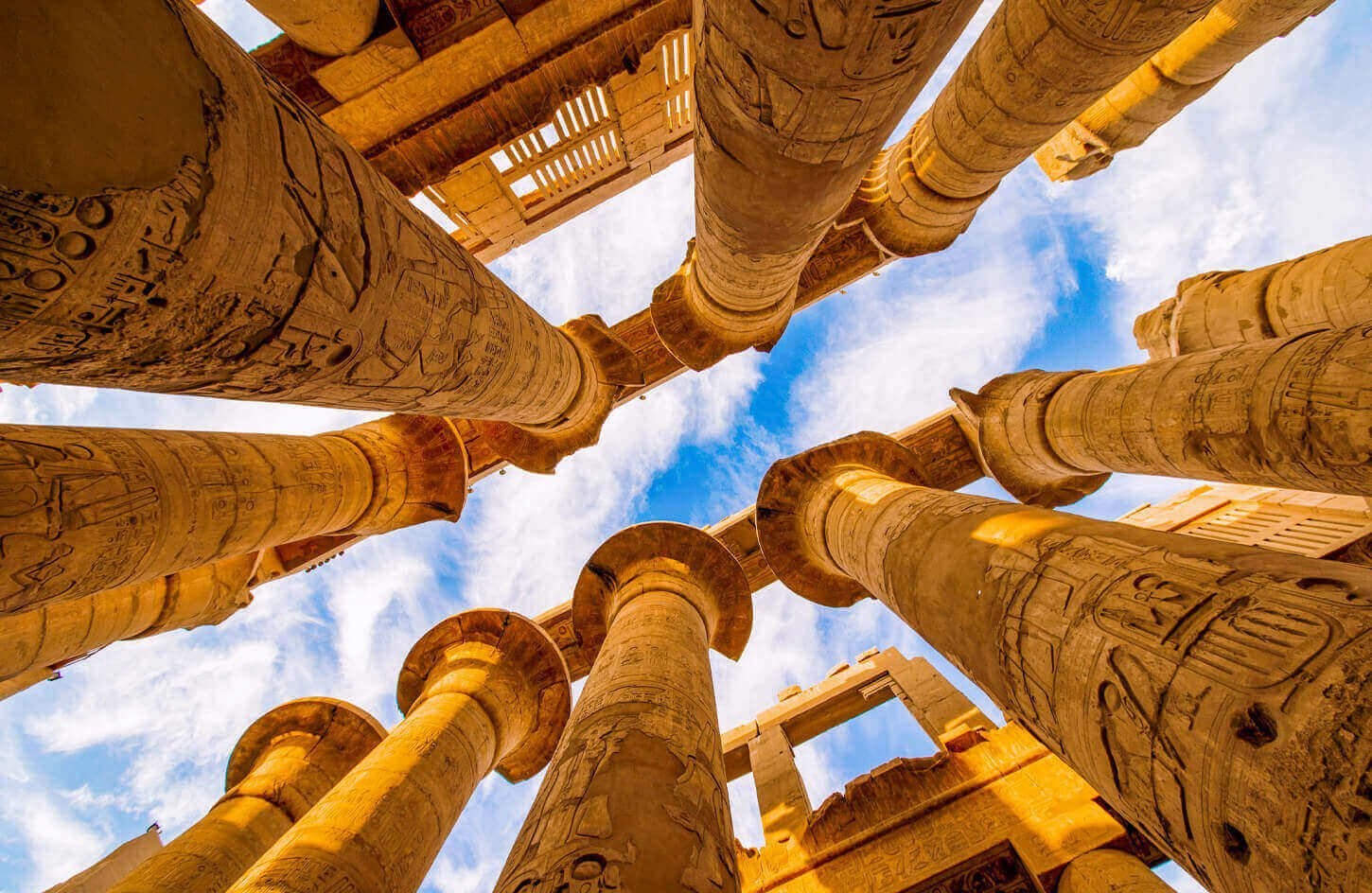
I’ve walked among the shadows of the Giza Pyramids at sunset. I’ve felt the sand shift under my boots in the Sahara. And I’ve marveled at 3,000-year-old tombs in Luxor. Egypt is more than a place—it’s a journey through time.
Every corner whispers stories of pharaohs, traders, and explorers. With over 53 unique activities, there’s something for every traveler. This land of contrasts offers unforgettable experiences.
Imagine floating down the Nile past temples older than history books. Or hiking through Bahariya’s desert oases where ancient ruins hide in the dunes. Egypt’s mix of ancient wonders and wild landscapes makes every moment special.
From the Grand Egyptian Museum’s artifacts to the vibrant Khan El Khalili Bazaar’s spices and crafts, there’s always something to do. This guide is your roadmap to the real Egypt. Let’s explore hidden oases like Siwa and dive into Sharm El Sheikh’s Red Sea reefs.
With 17 must-see historical sites, 10 architectural marvels like the Cairo Tower, and desert camping under stars as ancient as the pyramids, your adventure starts here. Ready to turn bucket-list dreams into reality?
Walking through Egypt’s ancient landscapes feels like stepping into a storybook. The Pyramids of Giza, standing 146 meters tall, are a must-see in activities in Egypt. I still marvel at how each limestone block—some weighing 15 tonnes—fits perfectly without mortar. Sunrise visits offer the best light for sightseeing in Egypt, avoiding midday heat.
Beyond Cairo, Luxor’s Valley of the Kings holds 63 tombs, including Tutankhamun’s glittering treasures. Imagine standing in Seti I’s tomb, where vibrant paintings depict gods in hues as sharp as the day they were carved.
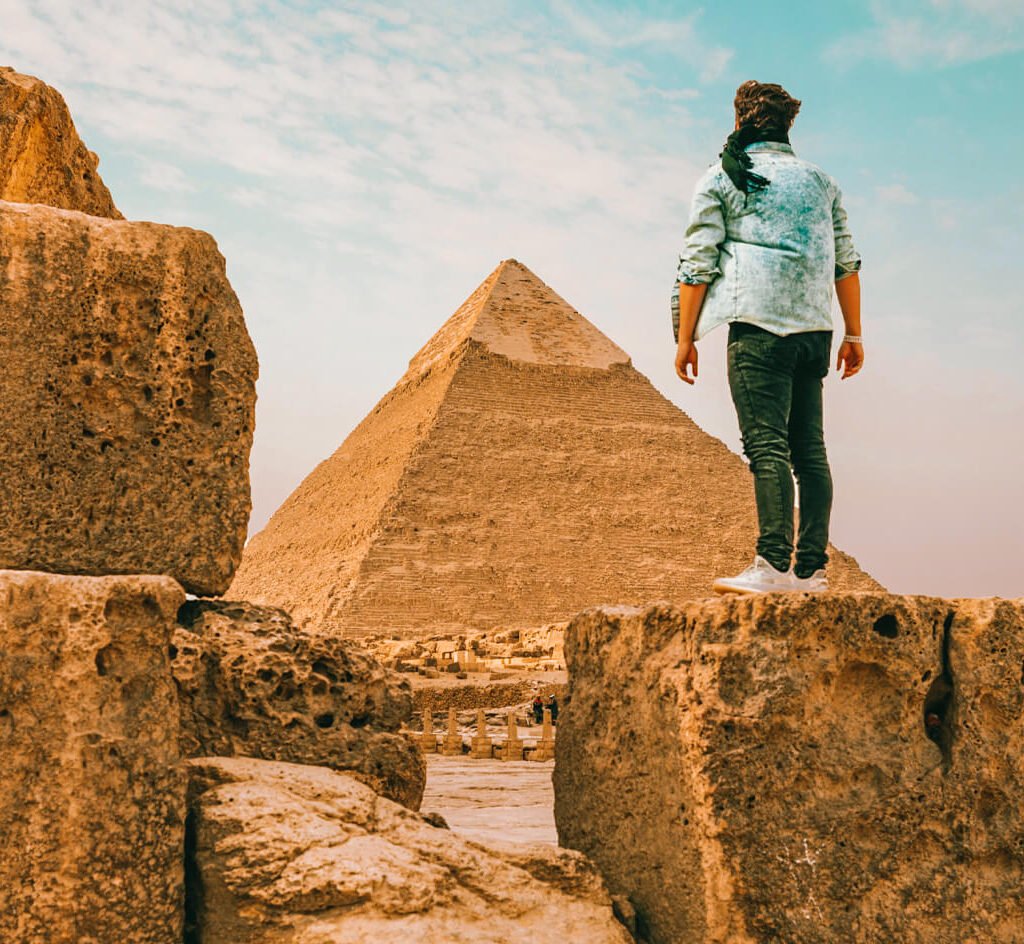
Historical sites Egypt like Karnak Temple demand awe. Its Hypostyle Hall’s 134 columns rise like stone forests, with Queen Hatshepsut’s 29-meter obelisk piercing the sky. Don’t miss the Avenue of Sphinxes—a 2.7km path linking Karnak to Luxor Temple, where statues once lined the route for sacred processions. For adventure, Abu Simbel’s colossal statues greet you near the Sudan border; their relocation in the 1960s saved them from rising Nile waters.
Philae Temple’s columns, now on Agilkia Island, blend Greek and Egyptian artistry. Yet, temple fatigue hits fast—pace yourself. Focus on 2-3 sites daily, and book guided tours for deeper insights. Remember: the best sightseeing in Egypt isn’t just seeing, but feeling the stories etched into every wall.
Imagine sailing past ancient temples on a felucca, a traditional sailboat. Egypt’s water activities offer a unique way to see the Nile’s beauty. I’ve sailed at dawn, watching the sun turn the sky gold.
The river’s calm currents carry you by villages that seem straight from ancient stories. It’s more than a boat ride; it’s a journey to Egypt’s heart.
Nile cruises between Luxor and Aswan are like floating history lessons. Picture enjoying mint tea on deck as you see Edfu Temple’s tall columns. Or Kom Ombo’s twin shrines to Sobek and Horus.
These moments let you see landmarks that shaped history without moving a step. Guides tell tales of pharaohs as you glide by, their voices mixing with the Nile’s sounds.
October to April is the best time for these experiences. You can lounge on deck or gaze at the stars. These activities in Egypt connect you to a rich heritage. Every sunset here feels like stepping into a story from the past.
Ever hiked through a desert that looks like another planet? Egypt’s sandy landscapes are where earth meets imagination. The White Desert’s chalk formations—towering like giant mushrooms—left me speechless. At night, their jagged shapes glow under moonlight, perfect for stargazing.
Camping here means sleeping in a tent beneath a sky so clear, the Milky Way feels close enough to touch. Bedouin guides share stories by firelight while serving grilled meats and bread baked in desert ovens—authentic Egyptian moments you won’t find anywhere else.
Outdoor adventures Egypt offers go beyond sightseeing. Dune bashing in 4x4s or sandboarding down dunes gives an adrenaline rush. For slower exploration, camel treks in the Great Sand Sea or hikes near the Black Desert’s volcanic hills let you soak in solitude.
Siwa Oasis, surrounded by palm groves, blends adventure with history—its ancient fortress walls and Berber traditions make it a hidden gem. I recommend packing layers: daytime heat drops to freezing at night, so wrap up tight!
Plan your desert trip between October and April for the best conditions. Most tours provide camping gear, but always travel with guides—knowing local paths is key to safety. These vast, ancient sands have welcomed caravans for centuries, and now they’re waiting for you.
From moonlit hikes to sunrise quad biking, Egypt’s deserts promise adventures that mix wonder with wild beauty—don’t miss them when listing things to do in Egypt!
My first dive in Egypt’s Red Sea left me breathless. The water’s 40% salinity makes it crystal clear. This reveals a world full of marine life. With over 1,000 fish species, each dive is like discovering a new world.
Coastal cities like Sharm El Sheikh and Hurghada offer access to amazing sights. The SS Thistlegorm, a WWII wreck, is home to groupers and sea turtles. Even beginners can explore the colorful corals near Dahab’s Blue Lagoon without needing certification.
Beginners can start at Ras Um Sid, where tropical fish swim around you. For experts, the Blue Hole offers a deep dive with its famous “arch.” The Red Sea’s 30-meter visibility makes every dive feel like an underwater gallery.
After diving, enjoy the sunset on a cruise. Watch desert cliffs reflect on the sea as your toes touch the warm water. The best time is May to September, when the sun warms everything.
Combine diving with Egypt’s coastal beauty. After exploring wrecks like the Carnatic or Rosalie Moller, relax on Marsa Alam’s beaches. The Red Sea is perfect for windsurfing in Dahab or enjoying mint tea on a felucca. It’s where outdoor adventures meet cultural moments, creating unforgettable stories.
Imagine the buzz of Cairo’s streets—donkey carts clatter past 14th-century mosques. The Khan El-Khalili Bazaar’s scent of roasted spices wraps you in a sensory overload. Beyond the Egyptian Museum’s pharaonic treasures, cultural experiences Egypt thrive in everyday moments.
Sipping mint tea with locals in an ahwa cafe is a highlight. Time seems to slow down. Alexandria’s Greco-Roman Museum whispers of ancient scholarship. The Catacombs of Kom El Shoqafa’s hybrid carvings prove history’s fluidity.
Step into colonial-era luxury at Aswan’s Old Cataract Hotel, where Agatha Christie once drew inspiration. Or wander Luxor’s Winter Palace gardens, where the Nile’s glow paints sunset memories. Beyond the well-trodden paths, El Minya’s Coptic monasteries or Rosetta’s ancient obelisks offer hidden gems.
Nubian villages along the Nile invite you to trace centuries-old traditions. Hand-painted ceramics in Fayoum’s workshops are a must-see.
Every city’s pulse tells a story: Alexandria’s Mediterranean breeze contrasts Cairo’s chaotic charm. Yet both crave your curiosity. Let a vendor teach you haggling at Khan El-Khalili, or join a belly-dancing workshop at the Cairo Opera House.
These are the activities in Egypt that turn tourists into storytellers. Pack patience, an open heart, and a camera. Let Egypt’s cities fold you into their timeless narratives.
My first bite of koshari was amazing. It was crispy onions over smoky lentils and pasta. Food in Egypt is more than just food; it’s a journey through 3,000 years of history.
In Cairo, street vendors sell ta’meya (fava bean falafel) for under $2. This shows how affordable and flavorful Egyptian cuisine is.
Take a Cairo Food Tour to try over 10 dishes. You’ll taste ful medames, slow-cooked fava beans with cumin, which 60% of Egyptians love. First-timers often find new favorites, like mahshi and molokhia.
These dishes are more than meals; they’re cultural experiences. They show how spices like coriander and cardamom have shaped traditions for centuries.
Explore markets like Khan el Khalili, where you can try hibiscus tea or date-sweetened kunafa. Cooking classes in Luxor let you make dukkah spice blends, connecting you to pharaonic-era recipes.
85% of Food Tour participants feel closer to Egyptian culture. Every bite has a story. Don’t miss feteer meshaltet, a layered pastry with cheese or spiced meats, served at family-run cafés.
Enjoy mint tea and listen to vendors’ stories. Their families have sold ta’meya for decades. Egyptian cuisine is an adventure.
Street food makes up 40% of urban sales. You’ll find treasures like Alexandria’s grilled sardines or Luxor’s bamia stewed with lamb. Save room for basbousa, syrup-soaked semolina cakes that are heavenly.
Imagine standing by Karnak Temple’s huge columns, feeling history’s weight. Egypt’s sites are like a treasure map for history lovers. The Valley of the Kings’ tombs still share secrets, like KV17’s golden pieces.
Guided tours Egypt, led by Egyptologists, make history come alive. Guides at Luxor Temple show how statues align with stars. The Grand Egyptian Museum, opening in 2024, will display Tutankhamun’s treasures.
Visit Saqqara’s Step Pyramid to see Imhotep’s early work. The Villa of the Birds near Luxor shows Roman and Egyptian art together. In Alexandria, explore the Library’s tunnels or WWII memorials at El Alamein.
Local guides show hidden spots, like Sultan Hassan Mosque’s tilework. Egypt has 118 UNESCO sites, keeping history alive. Your time travel begins here.
Walking through Khan el-Khalili in Cairo, you’re greeted by the scent of cardamom and rosewater. Egyptian markets are more than things to do in Egypt; they’re places where every stall has a story. My secret? Haggling is like a dance. Start with 30% of the first price, and throw in a small gift.
Once, I got a beautiful cobalt-blue vase and a brass tray for the same price. It was a win-win!
In Luxor, the Souq near Karnak Temple is a treasure trove of Nubian crafts. You’ll find lotus-patterned lanterns and leather sandals. Aswan’s market by Elephantine Island is full of indigo-dyed textiles and clay pots shaped like ancient gods.
Alexandria’s San Stefano Mall offers a mix of modern and local brands. Look for Nuniz leather bags made by Egyptian women and desert-salt candleholders from Siwa Creations. Egyptian cotton sheets are incredibly soft.
Pro tip: Arrive at 10 a.m. for fresh stalls and morning sun. Carry 5-pound notes to make haggling easier. These cultural experiences Egypt offers are unforgettable.
Stop for mint tea at El Fishawi Café, where stories of bargaining fill the air. By sunset, the markets are lit up with lanterns, just like in Pharaoh times. These souks are where history meets haggling, and every purchase tells a story. Are you ready to barter for a piece of Egypt’s timeless spirit?
Forget the crowds—Egypt’s hidden gems await! Siwa Oasis is a place where mud-brick villages meet Berber traditions. Imagine sipping mint tea with locals in salt-brick homes, surrounded by endless Sahara dunes. This desert haven offers hot springs under star-filled skies and the Oracle Temple, where Alexander the Great sought power.
Outdoor adventures Egypt don’t get more surreal than the Black and White Deserts. The White Desert’s chalk mushrooms glow at dawn, while the Black Desert’s volcanic stones whisper ancient secrets. For culture seekers, Abydos Temple’s King List carvings rival the Valley of the Kings but attract far fewer visitors.

Bedouin homestays let you sleep under the stars, learn survival skills, and hear stories passed through generations. In Wadi El Rayan, crystal lakes mirror the sky, and Colored Canyon’s striped cliffs paint the horizon. These things to do in Egypt reward flexibility—hire local guides, pack water, and embrace the unknown.
Recent discoveries like the hidden staircase at Athribis remind us Egypt’s mysteries keep unfolding. Whether tracing forgotten tombs or floating in Marsa Alam’s tranquil waters, every adventure here connects you to millennia of stories. Pack curiosity, not just a backpack—this is where Egypt feels alive, not just seen.
Choosing the right time to visit Egypt is key. You want to enjoy the sun, sand, and history without the wrong weather. The best months for sightseeing are October to April. The weather is mild, ranging from 20–28°C, ideal for exploring or sailing the Nile.
Summer in Upper Egypt can be hot, but it’s also a good time to visit. With fewer people around, you can find better deals on tours. Make sure to stay hydrated and take breaks in cool spots.
Winter in Egypt is a bit chilly, but it’s worth it. You might need a coat at night, even after a sunny day. Plan your trip to include a mix of busy days and relaxing evenings. This way, you can enjoy Egypt’s wonders without feeling overwhelmed.
Remember to book tickets for the Valley of the Kings early. This will save you time. Also, don’t forget to budget for tips and pack light layers for the desert. Egypt is a place where every moment is special, so take your time and enjoy it all.
Exploring Egypt’s wonders means embracing its rugged beauty—but staying smart ensures your adventures stay thrilling, not risky. Start by hydrating early: I carry a 2-liter water bottle during outdoor adventures Egypt, adding electrolyte mixes to stay energized. The desert’s 38-46°C heat isn’t a myth—shade and breathable clothing aren’t optional.
Stick to guided tours Egypt in remote areas like the Western Desert; local guides know hidden oases and emergency routes. Ever hiked Luxor’s cliffs at sunrise? I’ve seen tourists underestimate the sun’s strength—apply SPF 50+ and wear a wide-brimmed hat.
Quad biking in the dunes or diving the Red Sea? Always check operator certifications. I’ve heard stories of unlicensed tours cutting corners—ask for safety records. For activities in Egypt like diving, confirm your insurance covers emergency evacuations—some policies exclude high-risk zones.
Desert treks? Pack a compact first-aid kit, a charged power bank, and a whistle. Nighttime temperatures plummet, so layer up with quick-dry fabrics.
Red Sea diving? Look for PADI-certified operators. I’ve met divers who chose unlicensed tours and faced equipment failures. For Nile cruises, verify life jackets are present and functional.
Always carry a printed itinerary and emergency contact numbers. Trust your instincts—if a guide seems unprepared, speak up. Egypt’s magic lies in its landscapes—but your safety starts with smart choices.
From the golden sands of the Sahara to Cairo’s lively markets, Egypt is full of history, nature, and culture. You can explore pharaohs at Luxor’s Karnak Temple or dive the Red Sea’s coral reefs near Sharm El Sheikh. Every moment is a story waiting to be told.
Let your interests guide your journey. Photography lovers might enjoy Abu Simbel’s sun alignments. Food enthusiasts can learn to make koshari or mahshi in Nile-side cooking classes.
Make sure to balance exploring with rest. Don’t let “temple fatigue” ruin the magic. Take time for quiet moments, like sipping mint tea with locals in Aswan or watching the sunset from a camel trek in the White Desert.
Cultural experiences Egypt come alive in these unplanned moments. Learn a few Arabic phrases like “shukran” (thank you) or “masaa’al-khayr” (good evening). These small gestures can open doors to deeper connections.
Plan your trip wisely. A 10-day trip can cost $1,500–$3,000, covering Nile cruises and site entry fees. Prioritize your must-sees, like the Great Pyramid or the Valley of the Kings. Pack light for desert hikes and respect local customs, like covering shoulders in temples.
Egypt is more than a destination—it’s a journey into humanity’s roots. Whether swimming with dolphins in Marsa Alam or tracing Moses’ path on Mount Sinai, every choice shapes your story. Let curiosity guide you, and return home with souvenirs and the wonder of a land where ancient sands still whisper tales.
As the saying goes, “Egypt is not a country we live in, but a country that lives within us.” Your adventure awaits—go explore it your way.
Read more related articles:

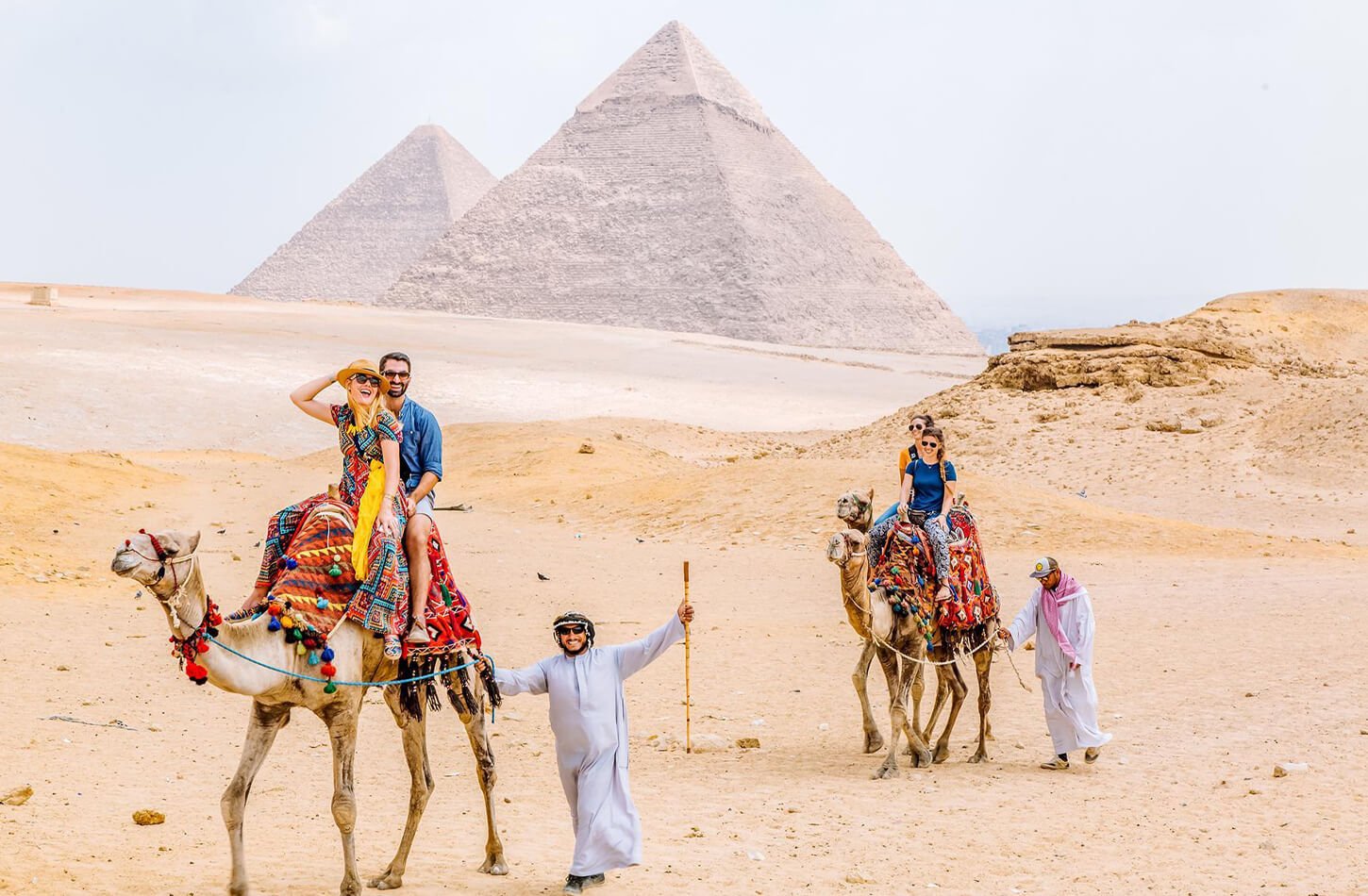
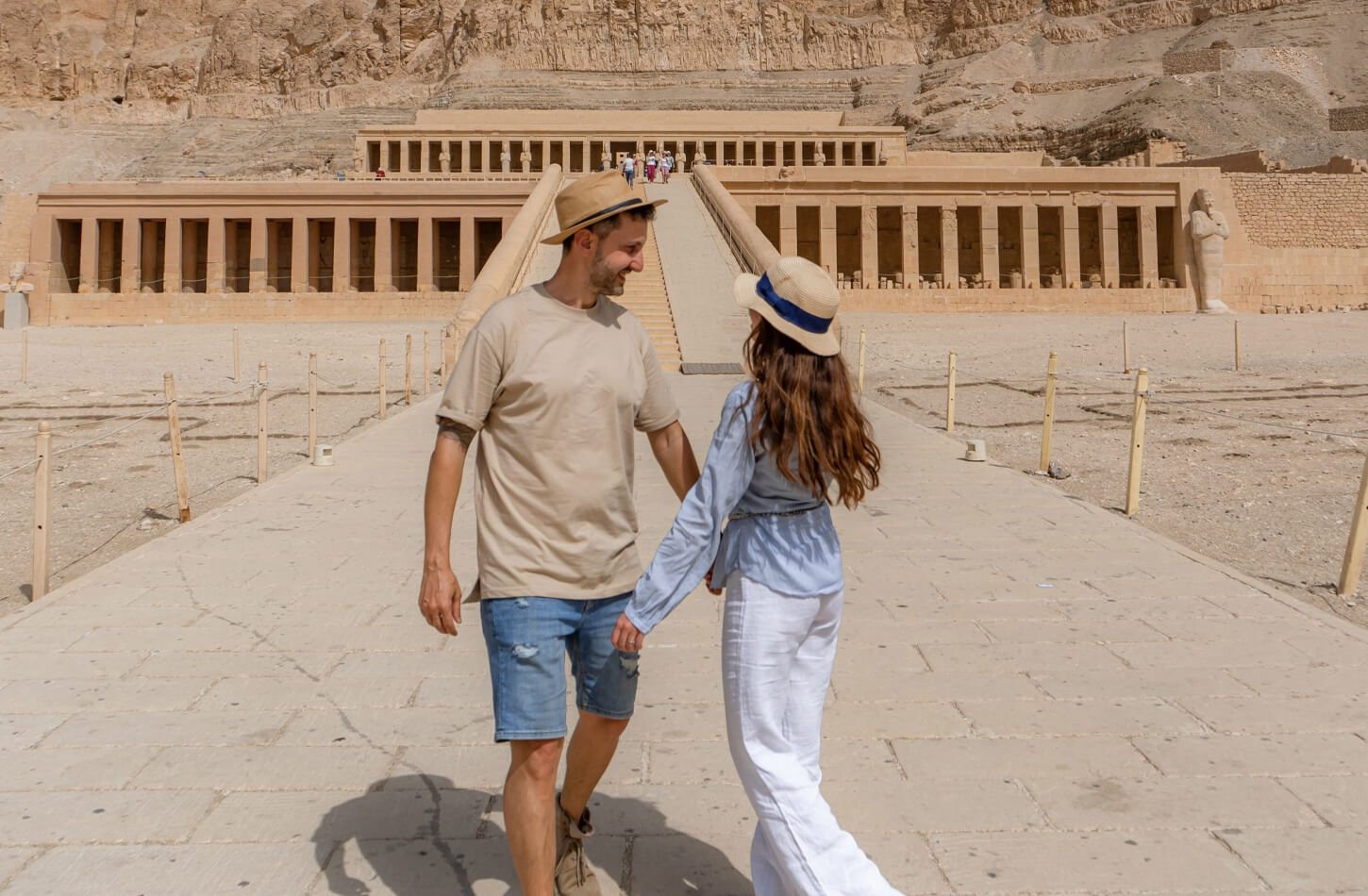
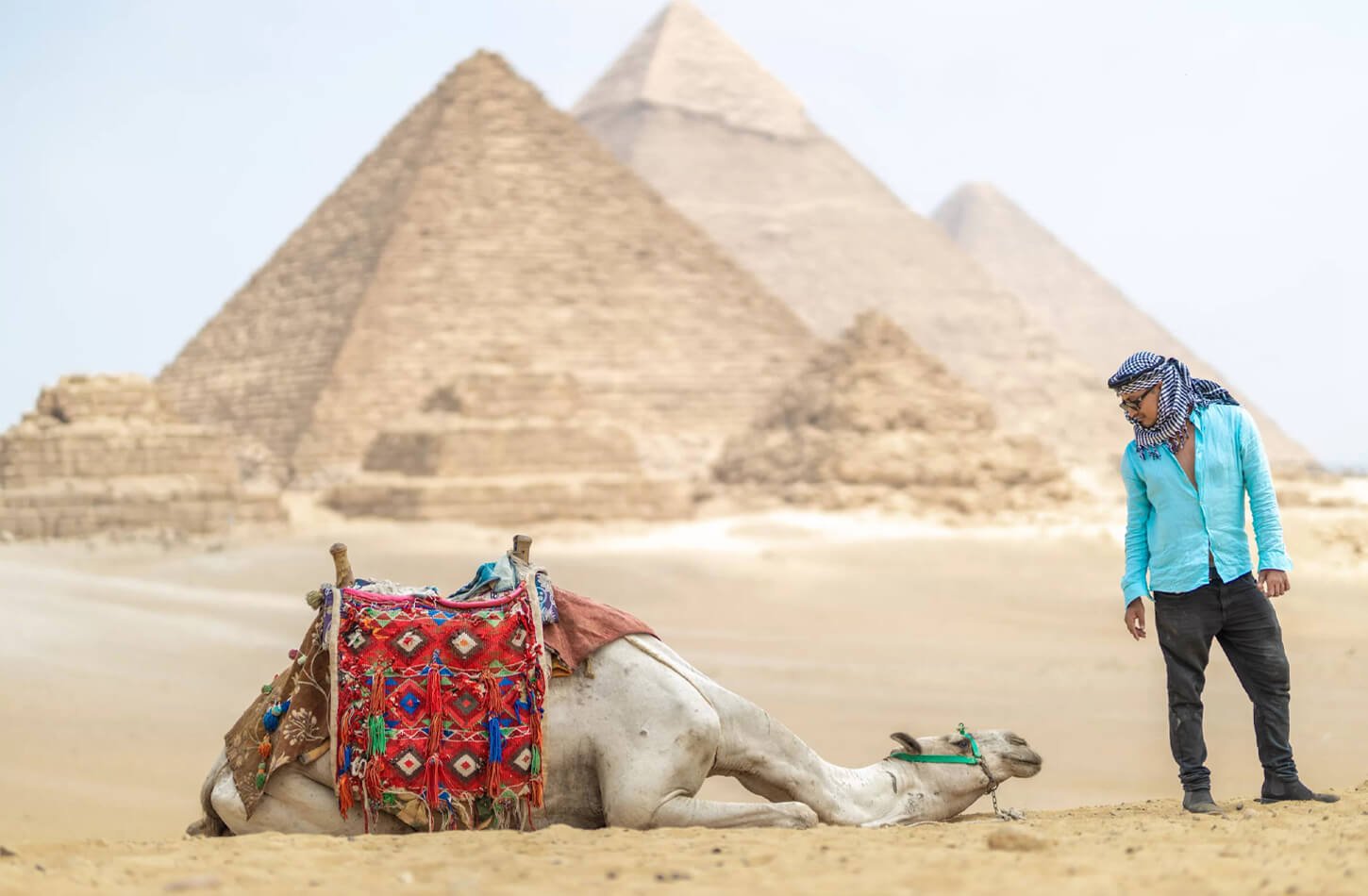
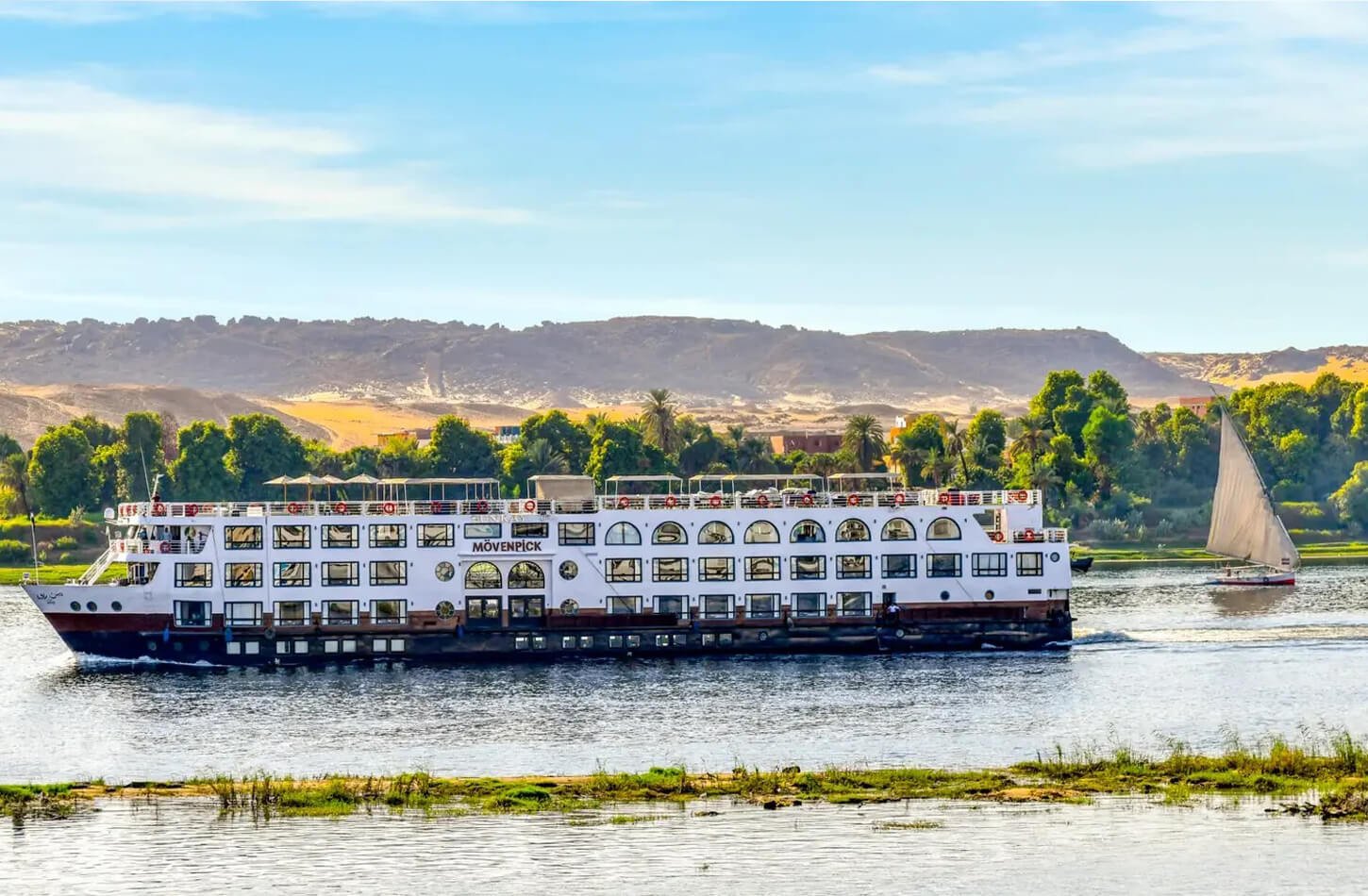


Don't just get there, get there in style.
Information
Follow Us
Payment channels
